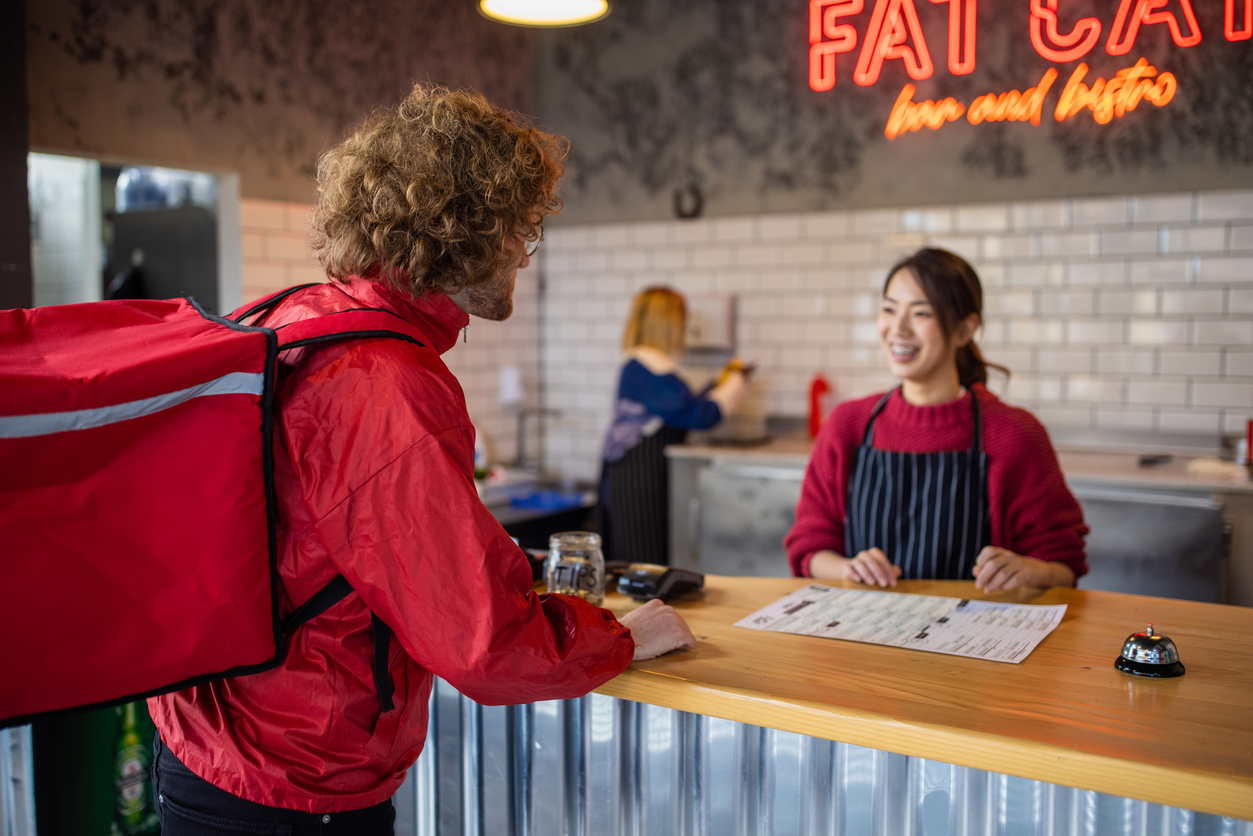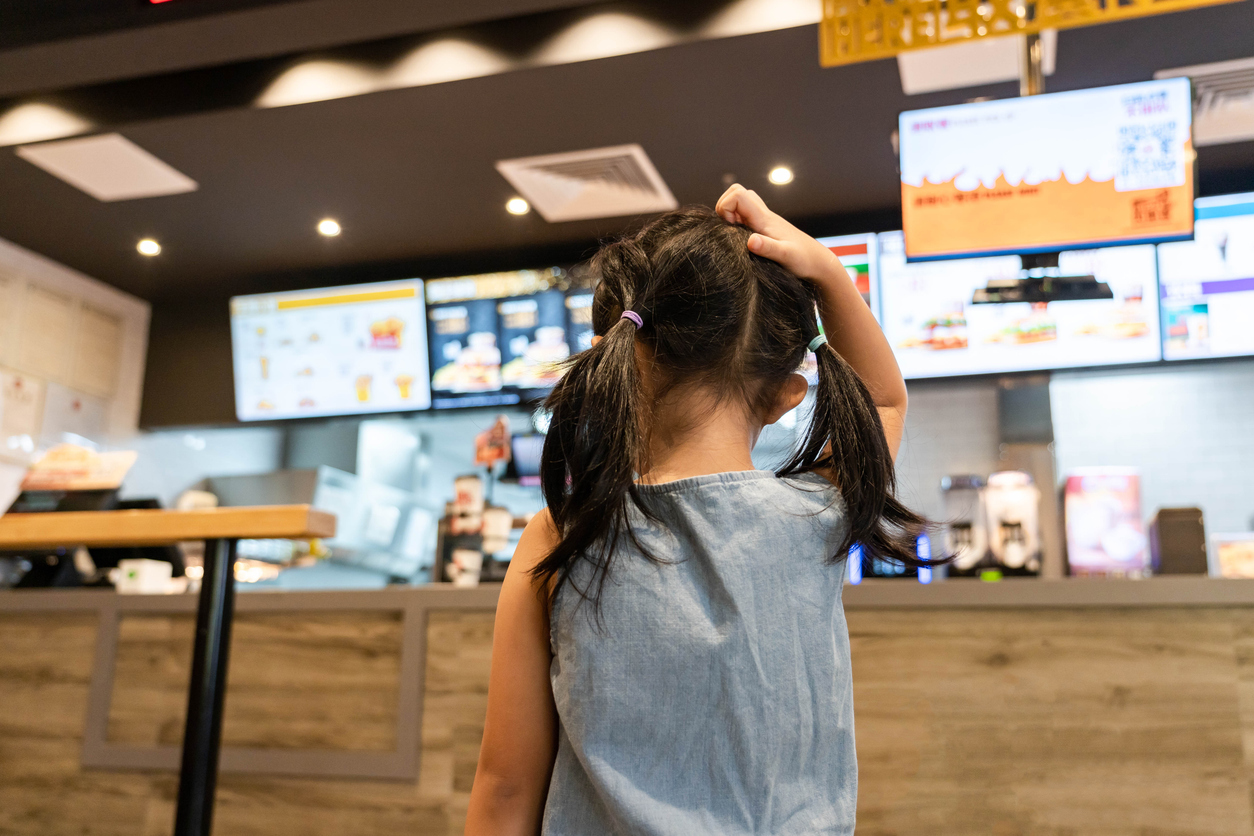The restaurant industry, traditionally reliant on human labor, has started to embrace robotics, to enhance operations and fulfill customer orders faster. The rise of robots in restaurants represents a big shift in how brands operate, promising not just efficiency but a reimagining of the dining experience. From automating food preparation to enhancing customer service, robots are transforming traditional kitchens. Let’s explore how machines are setting new standards for quality food and customer satisfaction.
Evolution of Restaurant Robotics
Integrating robots in restaurants is part of a broader automation and artificial intelligence trend permeating various industries. Robotic technology has evolved significantly, with advancements in AI and machine learning enabling robots to perform complex tasks that were once thought to be the exclusive domain of humans. Early robots were limited to simple, repetitive tasks, but today's robots can interact with customers, prepare gourmet meals, and even handle administrative tasks.
Role Of Robots In The Restaurant Industry
Robots have emerged as a viable way to streamline restaurant operations with their ability to flawlessly execute repetitive tasks. While initial investments may seem daunting, robots offer significant long-term cost savings that come from a decreased reliance on labor. Their impact extends beyond financial benefits; robots also play a crucial role in maintaining food safety standards through their hygienic handling practices, effectively minimizing contamination risks.
Robots also enhance the dining experience by directly engaging with customers and managing tasks such as taking orders and delivering food. This integration of technology streamlines service and enhances customer satisfaction, marking a pivotal shift in the industry towards innovation-driven dining experiences. As more restaurants embrace robotic technologies, they improve their operational capabilities and set new benchmarks for efficiency and service.
Food Preparation Automation In Restaurant
Robots transform restaurant food preparation with automated processes, changing efficiency and consistency in culinary tasks. The following advancements are reshaping kitchen operations to deliver higher-quality and service to diners!
Automated Cooking Processes
Adopting automated cooking technologies, such as robotic chefs and automated cooking stations, underscores a growing trend in the restaurant industry. These innovations streamline food preparation by reducing cooking times and ensuring dish consistency. Automated systems excel in precise ingredient measurement and cooking parameters, enhancing kitchen efficiency and delivering top-tier culinary results. As these advancements evolve, it's important to note that robots serve safety by minimizing human error and maintaining strict hygiene standards.
Food Assembly And Plating
Automated food assembly and plating systems can vastly improve restaurant operations, ensuring dishes are consistently made in less time. Robotics are crucial in maintaining food presentation standards, enhancing visual appeal, and optimizing kitchen workflows. By learning how to use AI in these processes, restaurants can further elevate their efficiency in the kitchen.
Order Handling And Delivery
Automation reshapes restaurant order handling and delivery processes, improving accuracy and reducing wait times. Automated order-taking, processing, and delivery systems streamline operations, increasing customer satisfaction and operational efficiency.
Quality Control And Monitoring
Automated solutions bolster quality control in restaurant operations, ensuring consistency and compliance with food safety standards. Technologies like sensors and AI monitor food quality parameters in real time, mitigating risks and maintaining high standards.
Hygiene And Safety
Automated technologies uphold rigorous hygiene standards in restaurant kitchens and dining areas, reducing contamination risks and ensuring compliance with health regulations. Automated cleaning systems are pivotal in maintaining cleanliness and safeguarding staff and patrons.
Integration With Existing Systems
Seamless integration of automated food preparation systems with existing restaurant technologies optimizes operational synergy. While integration poses challenges, it promises enhanced efficiency and streamlined workflows across restaurant operations.
Benefits Of Robotic Technology In Restaurants
Robotic technology offers a variety of benefits, such as:
Improved Efficiency And Speed Of Service
Robots streamline restaurant operations by automating tasks from things like order taking to food delivery, resulting in faster service and reduced wait times. Examples include robotic waitstaff and automated kitchen systems that optimize workflow, enhancing overall dining experiences globally.
Consistency In Food Preparation And Presentation
Robots ensure food quality and presentation consistency by precisely managing ingredient measurements, cooking times, and plating standards. This meticulous approach guarantees a uniform dining experience that exceeds customer expectations, fostering loyalty and repeat business.
Reduction In Labor Costs
Employing robots reduces labor costs by minimizing dependence on human staffing, leading to savings in wages and training expenses. These financial benefits can enable restaurants to offer competitive pricing without compromising on food quality, making dining out more affordable for consumers.
Enhanced Customer Experience
Robots create unique dining experiences through innovative interactions that enhance ambiance and customer engagement. Examples include robotic servers and interactive dining experiences that attract tech-savvy diners, boosting restaurant appeal and customer loyalty in a competitive market.
Overcoming Challenges In Integrating Robots
While the rise of robots in restaurants brings numerous advantages, it also poses significant challenges that modern dining establishments must consider. From financial implications to customer preferences, here are some key challenges of incorporating robots into the restaurant experience:
High Initial Investment
The cost of purchasing and installing robots can be a significant barrier for small and medium-sized restaurants. The return on investment may take time, posing financial challenges. The initial cost of robotic equipment can be substantial, making it difficult for smaller restaurants to afford. The typical price for robotic products falls between $1,500 and $3,000, and can often be higher. Additionally, the implementation costs for these devices can range from $20,000 to $60,000. The installation and setup of robotic systems can be complex and costly, requiring specialized expertise.
Maintenance And Technical Issues
Regular maintenance and potential technical failures can add to operational costs. Ensuring that robots are functioning correctly requires ongoing support and expertise. Regular maintenance is essential to keep robots functioning correctly, adding to operational expenses. Robots can malfunction, causing service disruptions and potentially leading to customer dissatisfaction.
Job Displacement
The introduction of robots in restaurants raises concerns about job displacement. Employees may fear losing their jobs to automation, leading to potential resistance from the workforce. Replacing human workers with robots can lead to job losses, raising ethical and social concerns. Employees may resist the introduction of robots, fearing job displacement and changes in their roles.
Customer Resistance
Not all customers may be comfortable with robotic service. Some diners prefer human interaction and may find robotic service impersonal and lacking the warmth of human hospitality. Some customers may prefer the personal touch of human service and find robotic service impersonal. Customers may need time to adapt to the new dining experience, potentially affecting their satisfaction.
Ethical And Social Implications
The ethical implications of replacing human workers with robots must be considered. The impact on employment and the fair distribution of technological benefits are critical issues that need addressing. The use of robots raises ethical questions about replacing human workers and the broader impact on society. Businesses must consider their social responsibility when implementing robotic technology, ensuring that the benefits are shared fairly.
Balancing Human And Robot Roles Together
Humans and robots can complement each other in a restaurant setting. While robots handle repetitive and time-consuming tasks, human staff can focus on delivering personalized service and building customer relationships.
Robots can handle tasks like food preparation and order processing, freeing up human staff for customer service and interaction. For example, Sweetgreen is testing robotic salad prep at some locations. Robots handle chopping, mixing, and assembling, which speeds up the process and ensures consistency. This move aims to enhance efficiency and customer satisfaction.
Another example, Chipotle Mexican Grill is showcasing robotic technology with its new Autocado machine. This device automates the avocado preparation process by cutting, coring, and peeling avocados. The avocados are then hand-mashed and mixed with other ingredients to create guacamole. By combining robot efficiency with the personal touch of human staff, restaurants can provide a superior dining experience.
Staff training is essential to integrate robots smoothly into restaurant operations. Employees must adapt to working alongside robots and leverage their capabilities to enhance overall service quality. Comprehensive training programs can help staff adapt to working with robots, ensuring a smooth transition. Strategies for adapting to robotic technology can include phased implementation and ongoing support for employees.
Enhance Your Restaurant’s Efficiency With Checkmate
With advanced enterprise technology and access to robotics integrations, Checkmate enables restaurants to drive sales and seamlessly connect with customers across ordering platforms. Our 24/7 expert support ensures uninterrupted service, much like the reliability offered by robotic systems. This comprehensive approach enhances operational efficiency and ensures a superior customer experience, bridging the gap between technology and personalized service. Contact us to discover how we can help.





